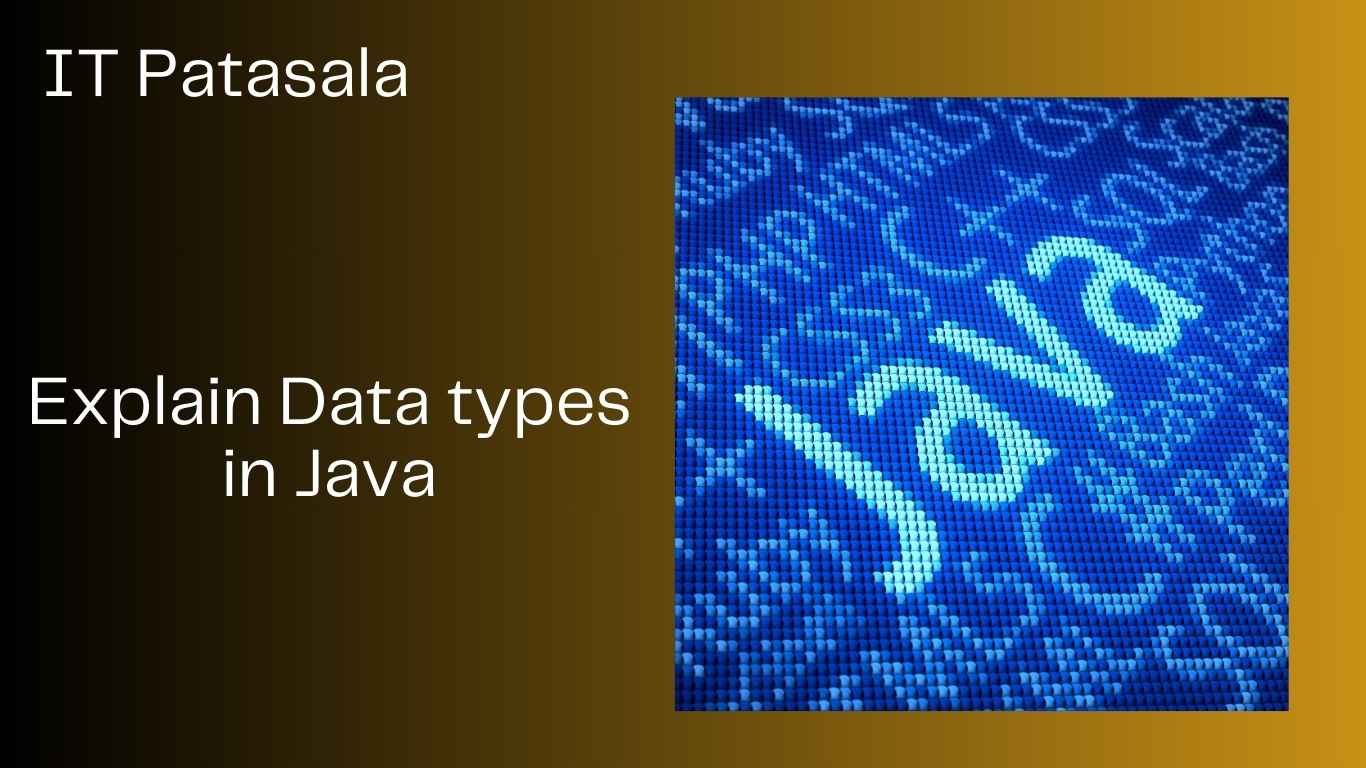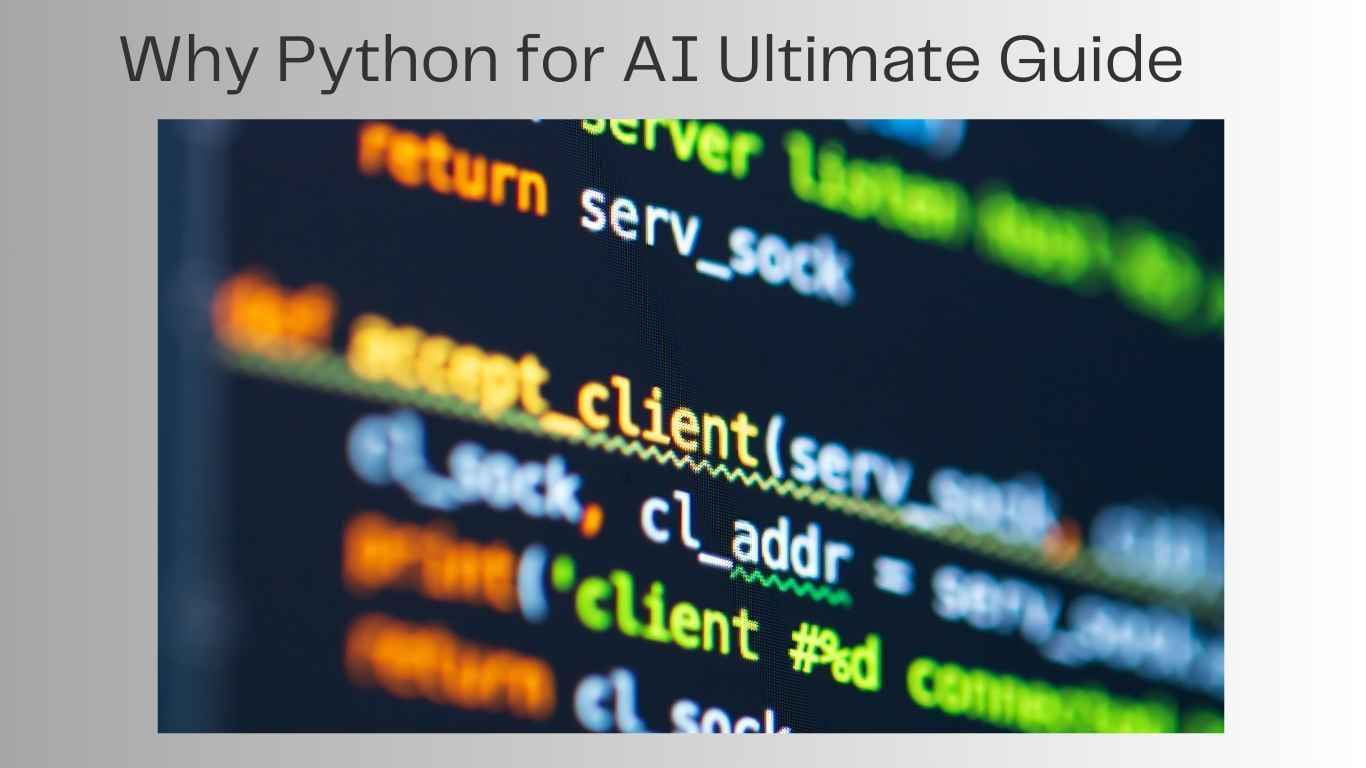Best 5+ Python Application Areas in 2025
🐍 15 Major Python Application Areas in the Real World
Python isn’t just a programming language—it’s a full-fledged ecosystem that powers some of the world’s most advanced technologies. Whether you’re a student, a beginner developer, or a professional looking to expand your skills, understanding the key application areas of Python can open up endless opportunities.
In this in-depth blog, we’ll explore the most important and in-demand Python application areas, complete with real-world examples and tips for getting started.
Table of Contents
💻 1. Web Development
Python is widely used in backend web development, thanks to its powerful frameworks like:
- Django – A high-level framework for rapid web development
- Flask – A lightweight micro-framework
- FastAPI – A modern framework for APIs using async features
Real-World Examples:
- Instagram and Pinterest use Django for their backend.
- Netflix uses Flask for its internal tools.
Python’s clean syntax and ORM support make it a perfect language for building full-stack web applications efficiently.
🤖 2. Artificial Intelligence and Machine Learning
Python has emerged as the go-to language for AI and ML development due to:
- Clean syntax for experimentation
- Vast libraries:
TensorFlow,PyTorch,Scikit-learn,Keras - Integration with big data tools and cloud platforms
Applications:
- Self-driving cars
- Face recognition systems
- Chatbots like ChatGPT
- Fraud detection
Example:
Tesla uses AI models trained with Python for autonomous driving algorithms.
📊 3. Data Science and Data Analysis
Python is the undisputed king of data science. With libraries like:
Pandasfor data manipulationNumPyfor numerical computingMatplotlibandSeabornfor data visualization
Professionals use Python to:
- Analyze large datasets
- Create interactive dashboards
- Build data pipelines
- Conduct exploratory data analysis (EDA)
Real-World Use Case:
Spotify uses Python for analyzing user data to deliver personalized playlists.
📈 4. Automation and Scripting
Python’s scripting capabilities make it ideal for automating repetitive tasks such as:
- Renaming thousands of files
- Scraping websites
- Sending automated emails
- Creating cron jobs
Libraries like os, shutil, and pyautogui allow developers to interact with system tasks programmatically.
Example:
System admins automate server health checks and log cleanups using Python scripts.
🔐 5. Cybersecurity
Python is increasingly used in ethical hacking and cybersecurity due to its:
- Scripting power
- Cross-platform nature
- Strong community support
Libraries Used:
Scapy– For packet manipulationNmap– For network scanningRequests– For web reconnaissance
Example:
Security experts use Python to write penetration testing tools and automate vulnerability scans.
🧪 6. Scientific and Numeric Computing
Python has powerful tools for scientific simulations and numeric tasks:
SciPy– Scientific computingSymPy– Symbolic mathematicsMatplotlib– 2D plottingJupyter Notebook– Ideal for research and prototyping
Real-World Example:
NASA uses Python for modeling and simulation in orbital mechanics and mission planning.
📱 7. Mobile Application Development
Though not as common as Android/Swift, Python can be used for mobile app development using:
Kivy– Cross-platform GUI and mobile appsBeeWare– Native Python mobile apps
Use Case:
Prototypes and MVPs (minimum viable products) for Android/iOS apps.
🎮 8. Game Development
Python offers powerful game development capabilities through libraries like:
Pygame– 2D gamesPyOpenGL– OpenGL integrationPanda3D– 3D game engine
Example:
Beginner developers build educational or arcade games using Python.
While Python isn’t as fast as C++ for AAA games, it’s great for learning and indie game development.
🌐 9. Web Scraping and Data Mining
Python is perfect for scraping the web and collecting data due to libraries like:
BeautifulSoupSeleniumScrapyRequests
Real-Life Application:
A Python script can monitor stock prices daily and send email alerts when thresholds are met.
🤝 10. Internet of Things (IoT)
Python works well on microcontrollers and single-board computers like the Raspberry Pi, making it ideal for IoT applications such as:
- Smart home automation
- Sensor data collection
- Home security systems
Example:
A student project that reads room temperature from a sensor and posts updates to a cloud dashboard using Python.
🧠 11. Natural Language Processing (NLP)
NLP is a subdomain of AI that deals with text understanding, and Python is at its core. Key libraries include:
NLTK– Natural Language ToolkitspaCy– Advanced NLPTextBlob– Sentiment analysistransformers– State-of-the-art language models from Hugging Face
Use Case:
Building a sentiment analysis tool for Twitter data using Python and TextBlob.
🛒 12. E-Commerce and Online Business
Python powers many modern e-commerce websites and backend services.
- Django allows rapid development of online stores.
- Payment integrations and inventory management become easy with Python’s flexibility.
Example:
A small business uses Django + Stripe integration for launching an online store.
🏛️ 13. Education and Research
Python’s simplicity makes it the most-used language for teaching programming in:
- Schools
- Universities
- Coding bootcamps
Tools like Jupyter Notebook and Google Colab make Python even more suitable for educational purposes.
Example:
MIT and Harvard offer Python-based programming courses online for free.
🧬 14. Bioinformatics and Healthcare
Python is now being used in bioinformatics to:
- Analyze DNA sequences
- Simulate proteins
- Predict disease spread
Libraries Used:
BiopythonPyMOLfor 3D molecular visualization
Example:
During the COVID-19 pandemic, researchers used Python to model virus transmission and genetic mutation analysis.
🧑🏫 15. Career and Freelance Opportunities
Python skills are in high demand across industries like:
- Fintech
- Healthcare
- Logistics
- Cloud services
You can use Python to:
- Freelance as a data analyst
- Work as a backend developer
- Start your own product with Python + Flask/Django
- Automate client tasks
🧠 Final Thoughts: Why Knowing Python’s Application Areas Matters
Python is not just a coding language; it’s a universal tool for problem-solving. From automating daily chores to powering billion-dollar businesses, Python’s versatility is unmatched.
If you’re a student or beginner, learning Python means unlocking doors to multiple career paths—from AI to web development, from freelance gigs to corporate tech jobs.
🏁 Summary: Python Application Areas at a Glance
| Application Area | Example Tool/Library | Use Case |
|---|---|---|
| Web Development | Django, Flask | Websites, APIs |
| AI/ML | TensorFlow, PyTorch | Chatbots, Prediction Models |
| Data Science | Pandas, Matplotlib | Visualization, Data Cleaning |
| Automation | Selenium, pyautogui | Task Automation |
| IoT | Raspberry Pi | Smart Devices |
| Web Scraping | BeautifulSoup | Price Monitoring |
| Game Development | Pygame | 2D Games |
| Scientific Computing | SciPy, NumPy | Research Tools |
| Mobile Apps | Kivy | Cross-platform Apps |
| Education | Jupyter, Colab | Online Courses |
Also read these




